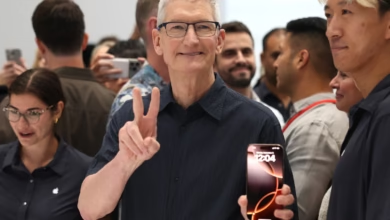
On October 4, 2023, during the ‘Made by Google’ event, a significant announcement was made regarding the integration of Bard AI into Google Assistant. This development marks Google’s initiative to imbue its assistant with more advanced AI capabilities, propelling it towards a new realm of user interaction and utility. The merging of Bard’s generative AI technologies with Google Assistant promises a more intelligent, personalized, and intuitive digital assistant experience, breaking the barrier of voice interactions and expanding into multimodal interactions including voice, text, and image inputs.
Sissie Hsiao, the Vice President of Google Bard and Assistant, illustrated the upgraded assistant’s capabilities by stating, “It can hear through the microphone. It can speak to you through voice output. It can see through your camera. And it can even take actions to help you out”. She further elaborated on the evolution of Google Assistant saying, “Google Assistant, over the past seven years, has been helping hundreds of millions of people get things done through natural and conversational methods… And now with generative AI coming there’s new opportunities to deliver an even more intelligent, more personalized, more intuitive digital assistant. And we think it should extend beyond voice”
The new functionalities not only enhance the conventional capabilities of the assistant but open a window to a variety of novel interactions. Users can now interact with the assistant in three distinct ways – voice, text, and image inputs through Bard’s Google Lens integration, allowing a broader and more dynamic mode of communication. Examples include taking pictures of clothes and asking Bard how to style them or taking pictures of apps and asking Bard to write the code scaffolding.
The integration of Bard with Google Assistant aims at making the interaction more conversational rather than command-based, which is envisioned to significantly improve the user experience. This innovation potentially paves the way for the future of smart speakers where the interaction would be more dialogue-oriented rather than command-driven.
The main goal is to foster a more natural, intuitive, and enriched user interaction with digital assistants, introducing a new era of AI-human interaction. This major leap showcases the potential of generative AI in enhancing digital assistants and sets a promising precedent for future advancements in this domain.






